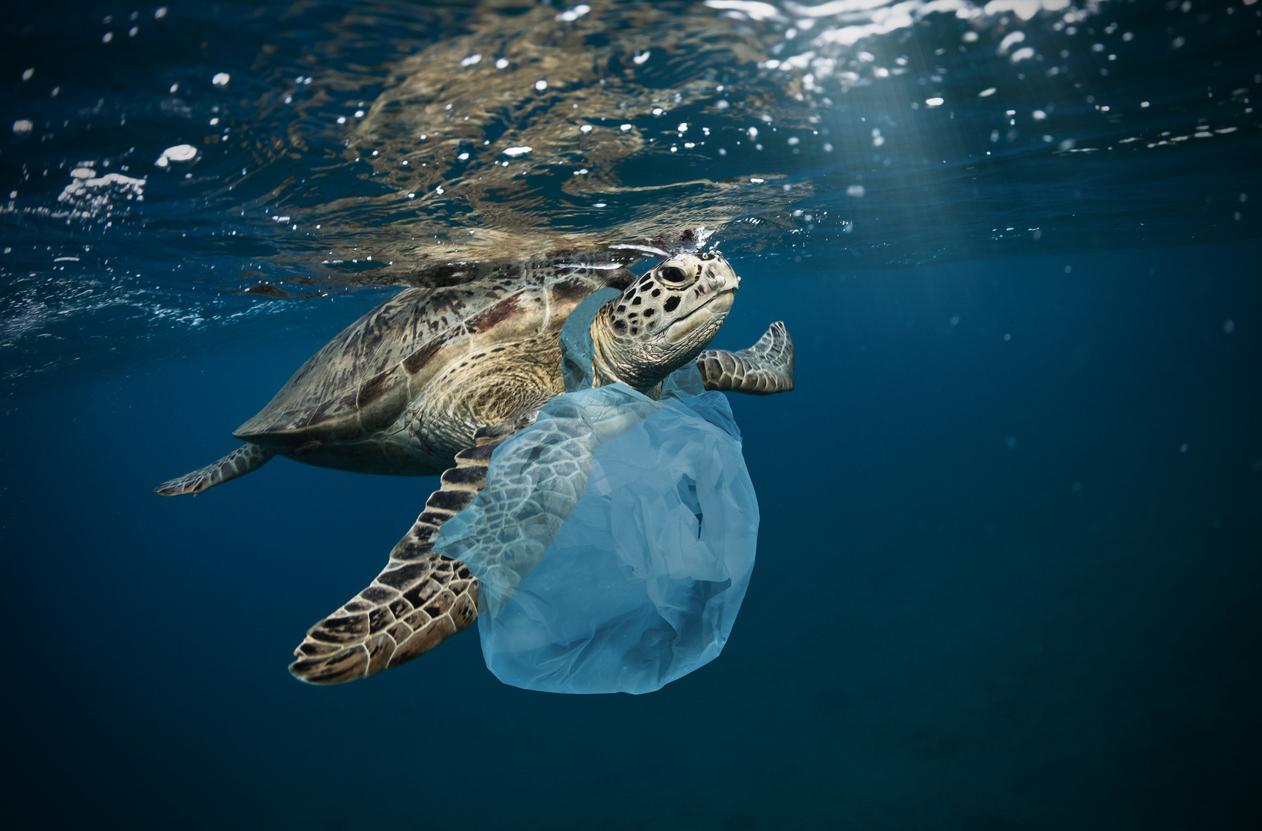This website uses cookies so that we can provide you with the best user experience possible. Cookie information is stored in your browser and performs functions such as recognising you when you return to our website and helping our team to understand which sections of the website you find most interesting and useful.

Hundreds of thousands of tonnes of ocean plastic pollution could be blowing back to shore with the sea breeze every year, according to a new study.
Researchers discovered that microplastics could be ejected from the water with sea spray, released into the atmosphere and blown with the wind back onto land.
Plastic wreaks havoc on marine ecosystems. As plastic swirls around in the water, much of it breaks down to tiny pieces, called micro-plastics.
The study was conducted by the University of Strathclyde in Scotland and Observatoire Midi-Pyrénées at CNRS-University of Toulouse, France. The results were published in journal PLoS One earlier this week.
A pilot study analysed microplastics in sea spray at Mimizan beach, located in Aquitaine, on the south-west Atlantic coast of France.
For a week, researchers used a “cloud catcher” machine which captured water droplets to examine for microplastics in a variety of conditions including storm and sea fog.
The study found plastic fragments from 5 -140 micrometres in the air. It showed that microplastics could be tossed by the process of “bubble burst ejection” and “wave action” in strong winds or choppy seas.
The most plastic particles were ejected during a sea fog generated by the surf.
Previous studies found microplastic pollution in the Pyrenees which revealed ocean pollution can travel long distances with the wind.
Steve Allen, a Strathclyde PhD candidate who co-led the study, said: “Sea breeze has traditionally been considered 'clean air' but this study shows surprising amounts of microplastic particles being carried by it.
“It appears that some plastic particles could be leaving the sea and entering the atmosphere along with sea salt, bacteria, viruses and algae.
“Bubble ejection of particles is a well-known phenomenon but we have now shown that microplastic is also being ejected from the sea. To date, there has been no consideration of the oceans as an atmospheric microplastic source.
"We keep putting millions of tonnes of plastic into the ocean every year, this research shows that it is not going to stay there forever.”
The Ocean Conservancy discovered that many fish species consume plastics debris, confusing it for real food and estimated that at least 600 different wildlife species are threatened by the pollution.
There is also a human health risk from plastic entering the food chain with nearly a billion people around the world consuming seafood as their primary source of protein.



 Africana55 Radio
Africana55 Radio 

